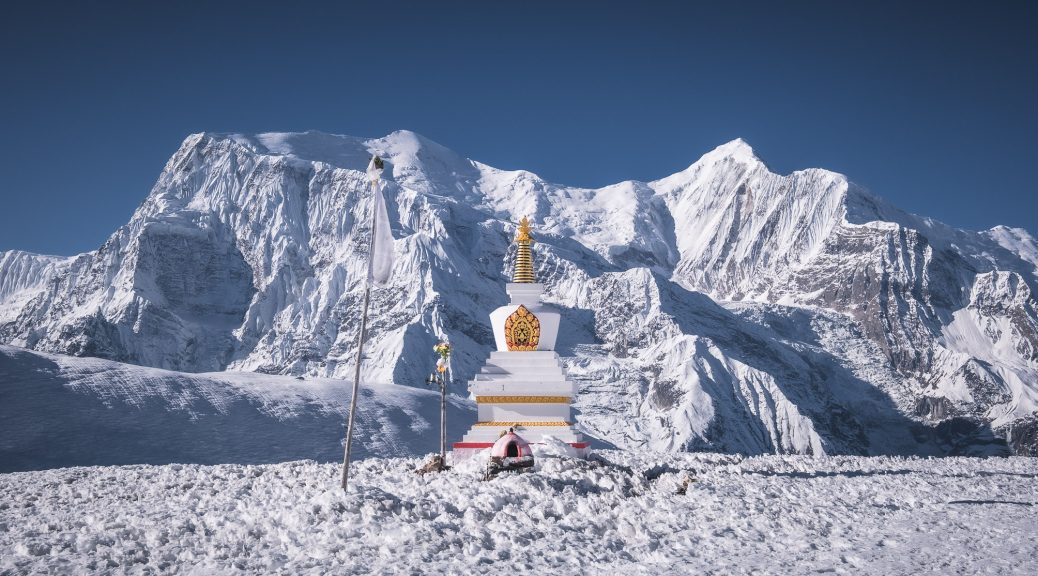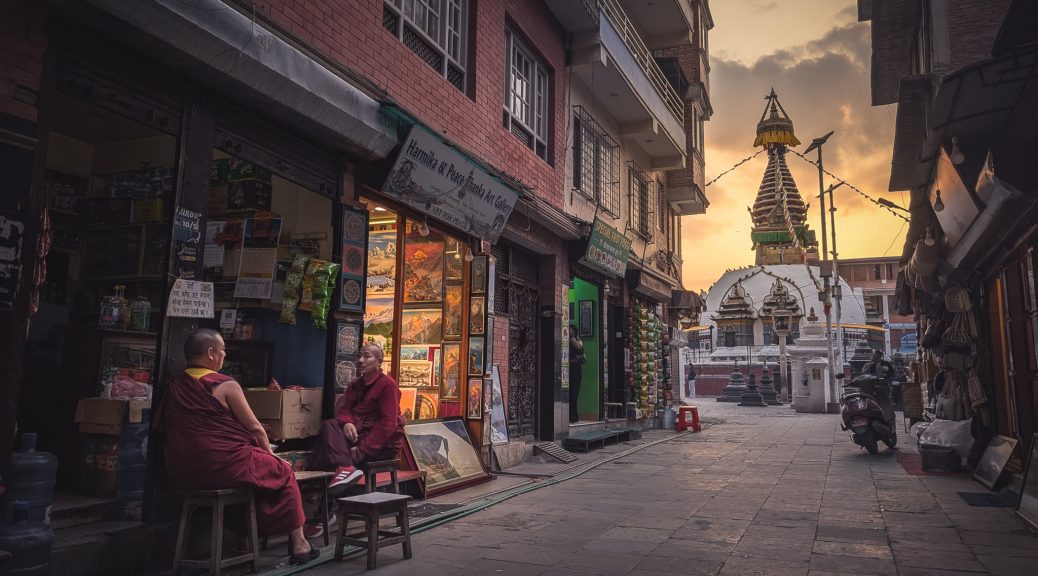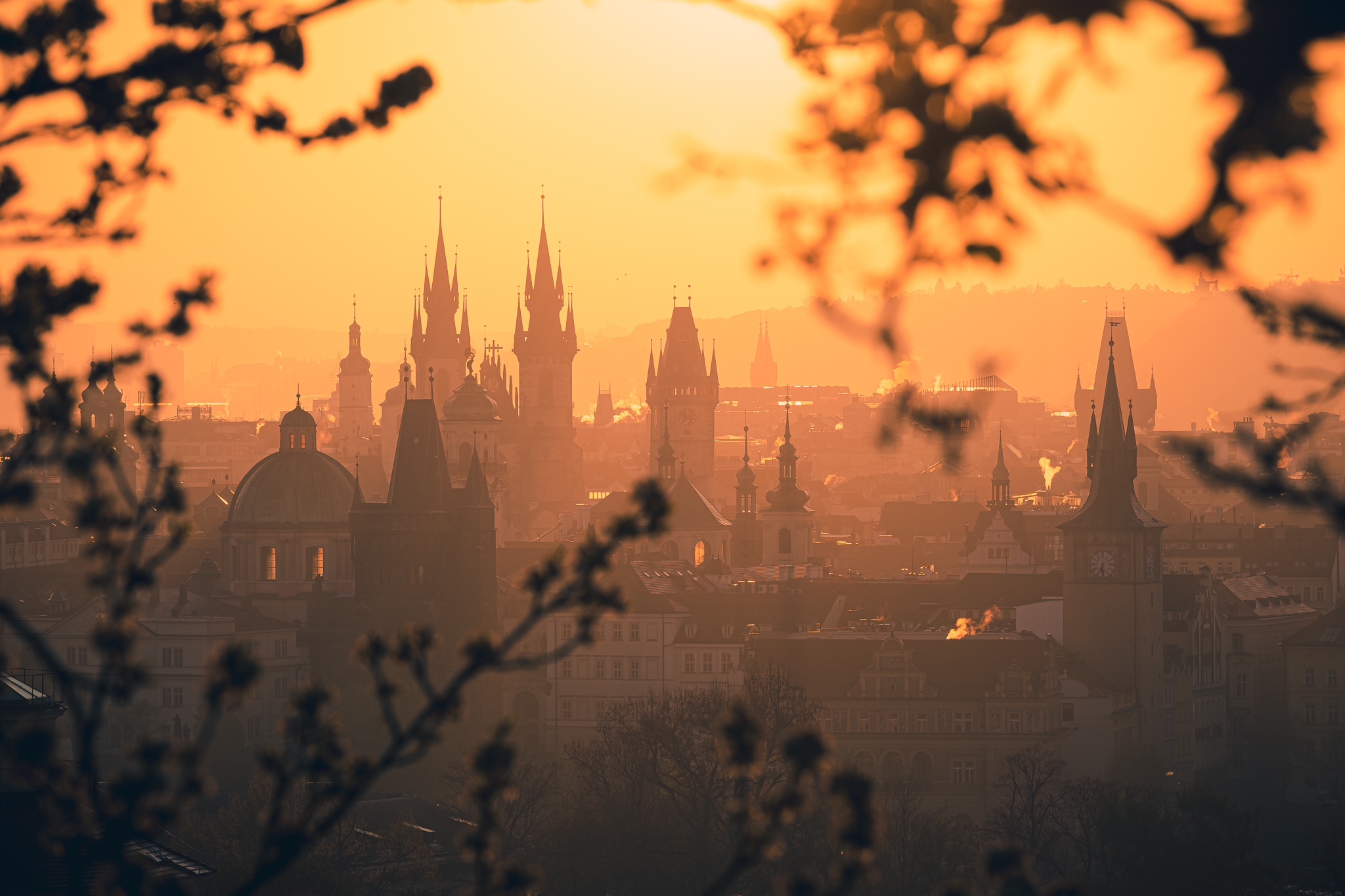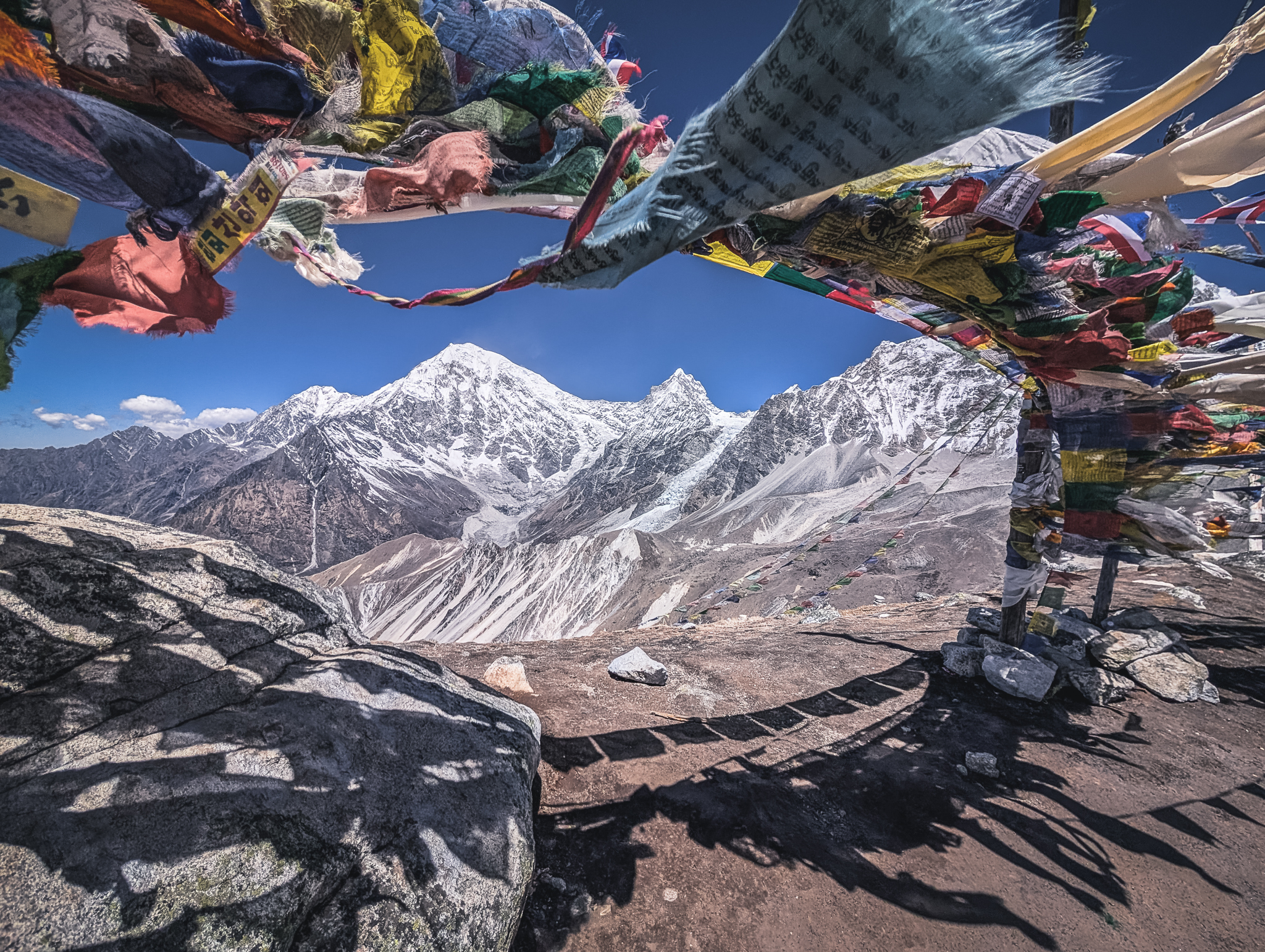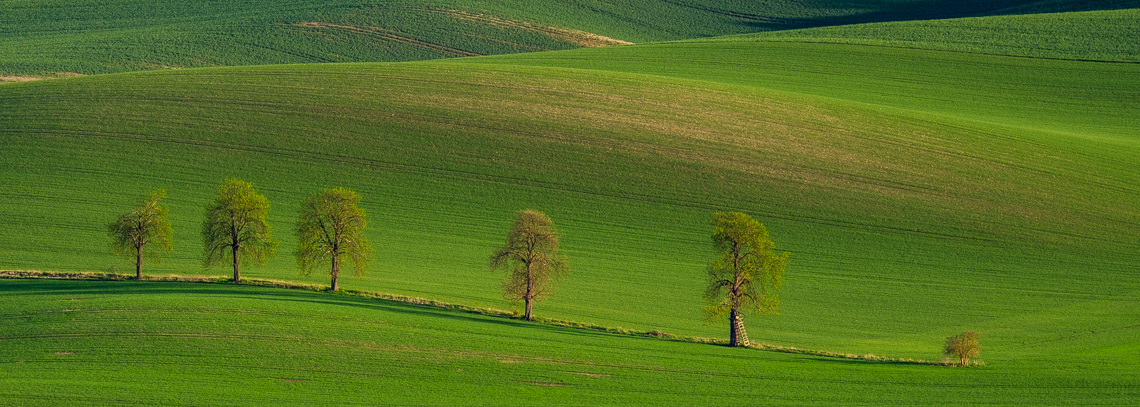Annapurna Circuit Photography Guide
The Annapurna Circuit is widely considered one of the most breathtaking long-distance treks in the world. Over the course of two to three weeks, it winds through a dramatic range of landscapes — from hot and humid jungles and terraced fields to barren high-altitude plateaus and snowy mountain passes. It’s a photographer’s paradise, full of rich cultural encounters, changing light, and dramatic mountain scenery. This post isn’t meant to describe all the logistics or detailed planning required for the Annapurna…
